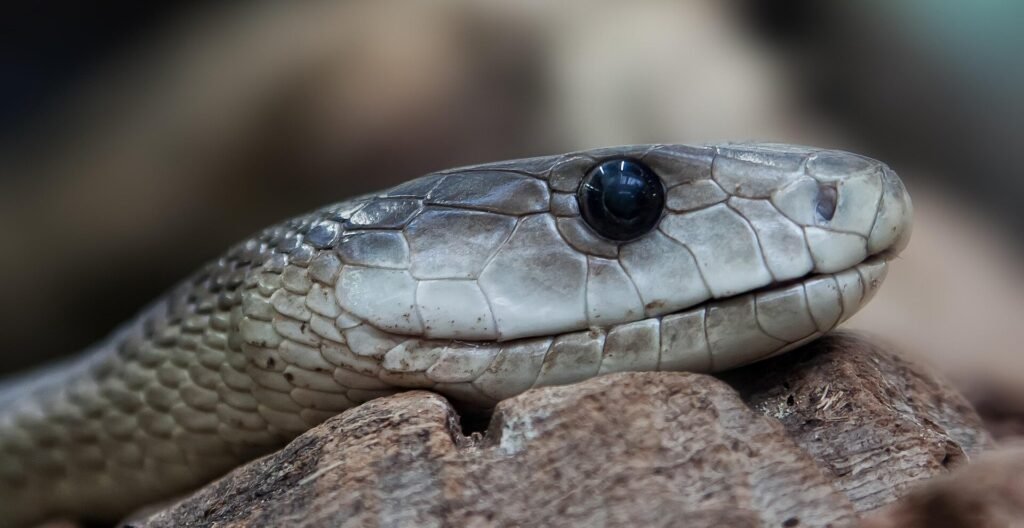A recent groundbreaking study conducted at the University of Queensland has uncovered a hidden and dangerous characteristic of the black mamba, one of the most venomous snakes in the world.
Professor Bryan Fry, from UQ’s School of the Environment, led the research which revealed that the venoms of three species of mamba snakes are far more neurologically complex than previously understood. This discovery sheds light on why antivenoms are sometimes ineffective against mamba snake bites. The findings of this study were published in the journal Toxins.
According to Professor Fry, the black mamba, western green mamba, and Jamesons mamba snakes do not rely on just one form of chemical weapon. Instead, they launch a coordinated attack on two different points in the nervous system. In cases where individuals are bitten by three out of four mamba species, they may experience flaccid or limp paralysis caused by postsynaptic neurotoxicity. Current antivenoms are able to treat this type of paralysis, but the study found that the venoms of these three species can also target another part of the nervous system, leading to spastic paralysis caused by presynaptic toxicity.
The study also revealed that the venom of the eastern green mamba, which was previously believed to be the only species capable of causing spastic paralysis, can also induce this condition. This explains why some patients bitten by mambas may initially show improvement with antivenom treatment, only to later experience painful and uncontrolled spasms.
Mamba snake bites pose a significant threat in sub-Saharan Africa, resulting in approximately 30,000 deaths annually. Lee Jones, a Ph.D. candidate who conducted experimental work on mamba venoms, emphasized the importance of developing new antivenoms to save lives. The research team discovered that the potency of mamba snake venoms varied between species, with unexpected effects on presynaptic receptors unmasked by antivenom treatment.
Furthermore, the study found that the venom function of mambas varied depending on their geographic location, particularly within populations of the black mamba from Kenya and South Africa. This variation complicates treatment strategies across regions, as antivenoms may not be effective against all venom types.
Professor Fry highlighted the need for specialized antivenoms to be developed following this study in order to increase efficacy rates. By understanding the full range of venom activity and identifying the limitations of current antivenoms, clinicians and antivenom manufacturers can make more informed decisions to improve snakebite care and ultimately save lives.
The research paper, titled “Neurotoxic Sleight of Fang: Differential Antivenom Efficacy Against Mamba (Dendroaspis spp.) Venom Spastic-Paralysis Presynaptic/Synaptic vs. Flaccid-Paralysis Postsynaptic Effects,” was published in Toxins. This study underscores the importance of ongoing translational venom research in enhancing treatment strategies for snakebite victims.


